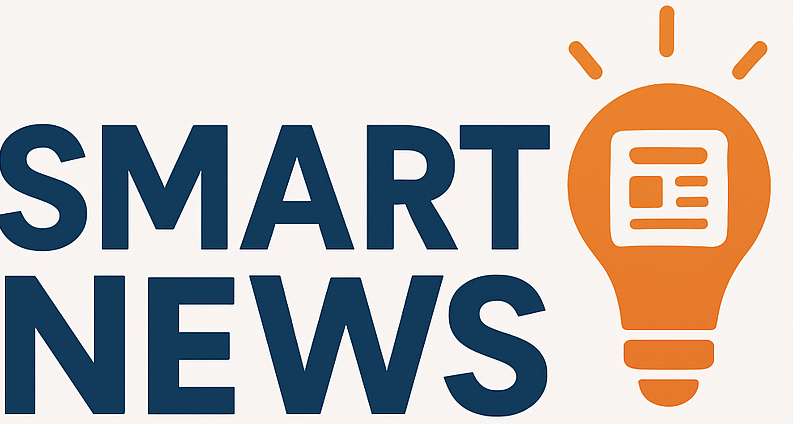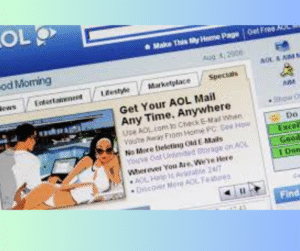What Was AOL Dial-Up?
What Was AOL Dial-Up?What Was AOL Dial-Up?AOL Dial-Up was a service that connected users to the internet using a telephone line. It worked by dialing a number through a modem. Users would often hear a screeching, robotic sound—an iconic part of early internet life.
Once connected, users could browse web pages, send emails, and chat in AOL chatrooms. It was slow, maxing out at 56 kbps, but it was enough for basic browsing.
How AOL Changed the Internet
AOL (America Online) wasn’t just an internet provider. It was a full online experience. The service offered news, weather, games, and its own email system. It gave people a gateway to the web at a time when most didn’t know what the internet was.
AOL also introduced the world to the phrase, “You’ve got mail.” That simple voice clip became a cultural phenomenon. It even inspired a Hollywood movie.
In the late ’90s, AOL had over 30 million users. Its user-friendly interface helped non-tech-savvy people get online. For many households, AOL was the internet.
The Rise and Fall
AOL’s growth was fast. Its famous trial CDs were everywhere—in mailboxes, magazines, and stores. At one point, it was said that 50% of the CDs produced worldwide had an AOL logo on them.
But technology advanced. Broadband and cable internet offered faster speeds without tying up phone lines. AOL struggled to keep up. Its dial-up service became obsolete.
By the mid-2000s, most users had moved on. AOL tried to pivot to content and media, but it never regained its dominance.
Why It Still Matters
Surprisingly, AOL Dial-Up still exists. As of a few years ago, thousands of users were still paying for the service. Some live in rural areas where broadband access is limited. Others never canceled their old accounts.
AOL’s legacy goes beyond just dial-up. It played a key role in making the internet mainstream. It introduced online communities, digital chat, and email to everyday people.
Its influence helped shape modern internet culture.
A Touch of Nostalgia
Many internet veterans remember waiting for the connection, the slow loading of web pages, and the thrill of exploring something new. There was no social media, no streaming, and very few ads. It was a simpler time.
Kids today may never know the pain of someone picking up the phone and disconnecting the internet. But for millions, AOL Dial-Up was their first online home.


